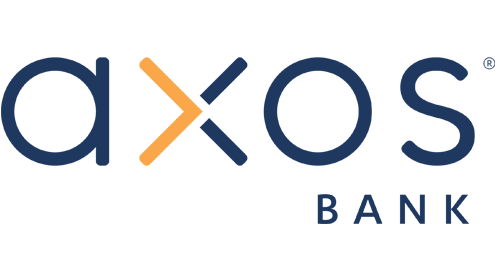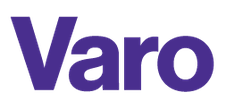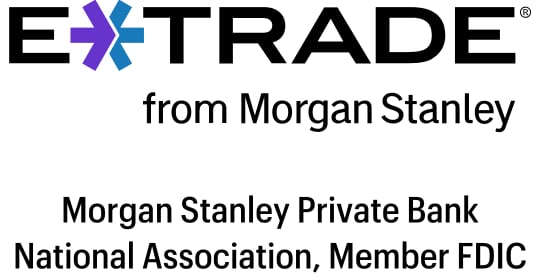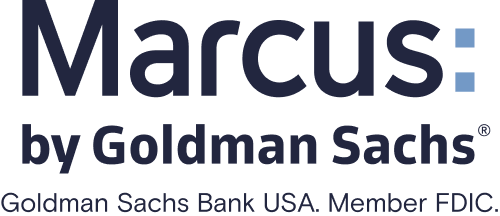3 Types of Savings Accounts: Where to Stow Your Cash
Savings accounts, money market accounts and CDs are three types of accounts meant for saving cash.

Many, or all, of the products featured on this page are from our advertising partners who compensate us when you take certain actions on our website or click to take an action on their website. However, this does not influence our evaluations. Our opinions are our own. Here is a list of our partners and here's how we make money.
Types of savings accounts
Banks typically have three kinds of savings accounts:
Regular savings account: earns interest and offers quick access to funds.
Money market account: earns interest and may provide check-writing privileges and ATM access.
Certificate of deposit, or CD: usually has the highest interest rate among savings accounts, but no access to funds until the term ends without potentially incurring a penalty.

Member FDIC
Forbright Bank Growth Savings

4.25%
$0

Member FDIC
Axos ONE® Savings

4.66%
$1,500

Member FDIC
Varo Savings Account

5.00%
$0

Member FDIC
E*TRADE Premium Savings

4.00%
$0
Regular savings accounts
Earn interest, allow quick access to funds
Rates and minimum balance: Traditional banks have savings rates as low as 0.01% annual percentage yield. At that APY, an account with a $100 balance would earn a penny in interest after a year; an account with $10,000 would earn $1 in that timeframe. Traditional savings accounts also tend to have monthly fees of $5 or more that can only be waived by meeting certain requirements, such as keeping a minimum daily balance.
However, other banks, particularly online banks, have high-yield savings accounts that offer above 4% APY (in fact, some of the best rates currently earn more than 5%) with no minimum balance requirement and no monthly fees. So you can open a high-rate account with any amount. Online banks offer federally insured accounts, just as their brick-and-mortar counterparts do. (Federal insurance is what protects your money in the event that a bank collapses.)
Account access: You can typically withdraw your money at any time. Certain "convenient" withdrawals and transfers, including online transactions, may be limited to six times per month. ATM withdrawals and in-person requests at a branch generally aren’t subject to these limits.
What to know: If you need to access your money for everyday spending more than you need to maximize APY earnings, consider opening a checking account instead.
» See the latest high-yield accounts: Best savings rates right now
In 2020, the Federal Reserve removed the requirement for banks to have a monthly limit of six convenient withdrawals for savings accounts and money market accounts. But many banks have kept the limit in place.
Money market accounts
Higher balance requirements, some check-writing privileges
Rates and minimum balance: Money market accounts, also called money market deposit accounts, tend to earn similar rates as savings accounts; but they typically require a higher balance, such as $1,000 or more, to avoid monthly fees. The best money market accounts, though, have low to no minimums and no monthly fees.
Account access: Money market accounts usually have the same withdrawal options as savings accounts, but some also come with a debit card or checkbook. However, banks may enforce the six-per-month withdrawal cap for savings accounts, so purchases would still be limited.
What to know: Like other savings vehicles, money market accounts are federally insured to protect your money. They differ from similar-sounding products called money market funds, which are investments and aren’t federally insured.
Certificates of deposit, or CDs
Top interest rates, no access to funds until maturity
Rates and minimum deposit: CDs tend to have the highest interest rates of the three types of savings accounts. They typically require around $1,000 to open, but some banks have CDs with no minimum opening deposit requirements. Unlike other savings accounts, your first deposit tends to be your only deposit. CDs generally don’t charge a monthly fee.
» COMPARE: Best CD rates
Account access: None. When you open a CD, you agree to not withdraw the money for a certain period of time, called a term. If you take money out before then, you’ll likely pay an early withdrawal penalty. (The exception is a no-penalty CD.) Once a CD matures, or ends, you tend to have a limited time window — such as seven to 10 days — to withdraw the money penalty-free before a CD automatically renews for the same or similar term.
What to know: CD terms typically range from three months to five years or more. Traditionally, the longer the term, the higher the interest rate (although there are exceptions in recent history). You’ll find some of the most competitive CD rates at online banks and credit unions.
Similar to savings accounts
Some nonbank accounts can help you save your money. Here’s a look at a type of account you can find at a brokerage.
Cash management accounts
Offered by investment firms, not a bank account
Rates and minimum balance: Cash management accounts, or CMAs, tend to have interest rates that are comparable to or slightly lower than regular savings accounts. CMAs typically have no minimum balance requirement.
Account access: Depositing and withdrawing cash is a challenge with some CMAs, but electronic transfers between CMAs and external bank accounts are usually easy.
What to know: CMAs have similar features to checking and savings accounts, but they're not actually bank accounts. CMAs are offered by nonbank financial service providers — like robo-advisors, investment firms and other financial firms — that sweep customer funds into partner bank accounts in order to provide FDIC coverage behind the scenes.
» Check out: Best high-interest accounts
Long-term accounts
If you’re looking to save for long-term goals, such as retirement or your kids’ college funds, consider Roth IRAs, 529 plans and other vehicles. These can be an important part of your savings strategy.












